- Home›
- Healthy Living›
- Say Goodbye To Back Pain: 10 Effective Home Remedies For Long-Term Sitting Relief
Say Goodbye To Back Pain: 10 Effective Home Remedies For Long-Term Sitting Relief
By: Priyanka Maheshwari Sat, 06 May 2023 11:43:37
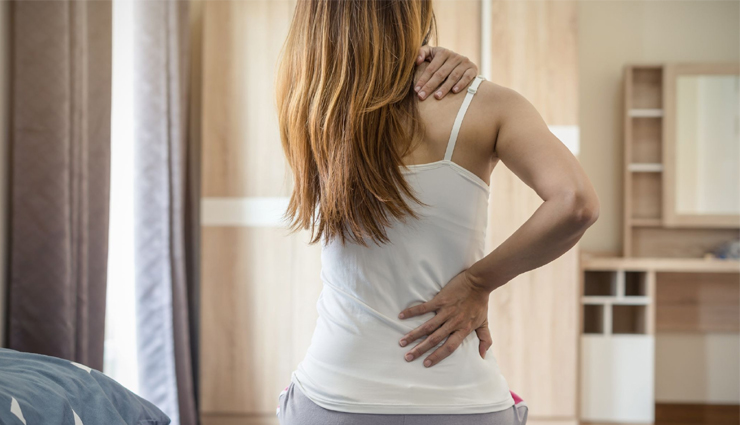
Sitting for long hours on a chair can lead to back pain, which is a common problem that affects people of all ages. Prolonged sitting can put pressure on the spine, leading to muscle tension and stiffness in the back. Fortunately, there are many home remedies that can provide relief from back pain caused by long-term sitting. Here are 10 effective home remedies for long-term sitting relief:
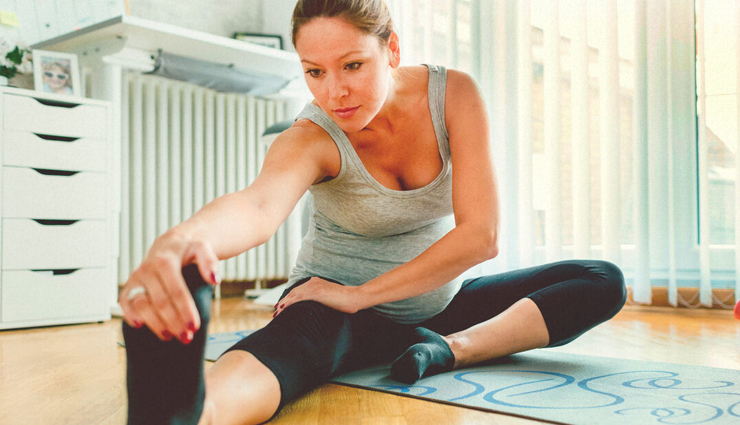
Stretching
Stretching is an effective way to relieve back pain caused by long-term sitting because it helps to reduce tension and stiffness in the back muscles. When you sit for long periods of time, the muscles in your back become tight and can lead to discomfort and pain. Stretching helps to loosen up these muscles and increase blood flow to the affected area, which can provide relief from back pain.
When you stretch your back, you are improving your posture, increasing flexibility, and reducing the risk of injury. By stretching, you can also reduce the pressure on your spine, which is a common cause of back pain. Stretching helps to elongate the spine and reduce compression, which can lead to pain relief.
It is important to note that stretching should be done correctly to avoid further injury. Before stretching, make sure to warm up your muscles by doing some light exercises. You should also avoid overstretching, as this can lead to muscle strain and injury. If you experience pain while stretching, stop immediately and consult with a healthcare professional.
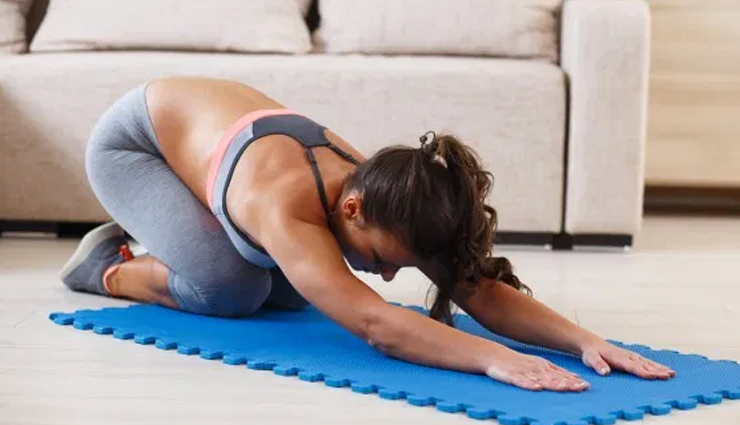
Exercise
When you exercise, you are strengthening the muscles in your back, improving your posture, and increasing flexibility. These benefits can all help to reduce the risk of back pain and provide relief from existing pain.
A regular exercise routine can help to alleviate back pain by improving your overall fitness level, reducing stress and tension in your muscles, and increasing blood flow to the affected area. Exercise also helps to strengthen the core muscles in your abdomen and back, which can provide support to your spine and reduce the pressure on your back muscles.
Low-impact exercises such as walking, swimming, and yoga are especially beneficial for back pain relief. These exercises are gentle on the back and provide a full-body workout, which can help to reduce tension and stiffness in the muscles.
It is important to note that exercise should be done correctly to avoid further injury. Before starting an exercise program, it is recommended to consult with a healthcare professional to determine the best exercises for your specific needs and level of fitness. It is also important to start with low-impact exercises and gradually increase the intensity and duration of your workout over time.
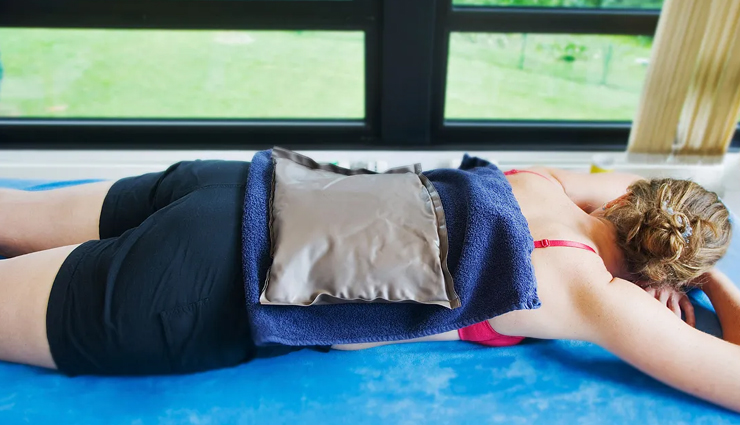
Heat therapy
Heat therapy involves the use of heat to increase blood flow to the affected area and reduce tension and stiffness in the back muscles.
When you apply heat to your back, it helps to improve circulation, which can provide relief from pain and stiffness. Heat therapy also helps to relax the muscles in your back, which can reduce tension and improve flexibility.
There are several ways to apply heat therapy to your back, including using a heating pad, hot water bottle, warm compress, or taking a warm bath or shower. It is recommended to apply heat for 15-20 minutes at a time, several times per day, until the pain subsides.
It is important to note that heat therapy should not be used on inflamed or swollen areas, or in cases of recent injury. If you have a medical condition that affects your ability to feel heat or cold, or if you have circulation problems, you should consult with a healthcare professional before using heat therapy.
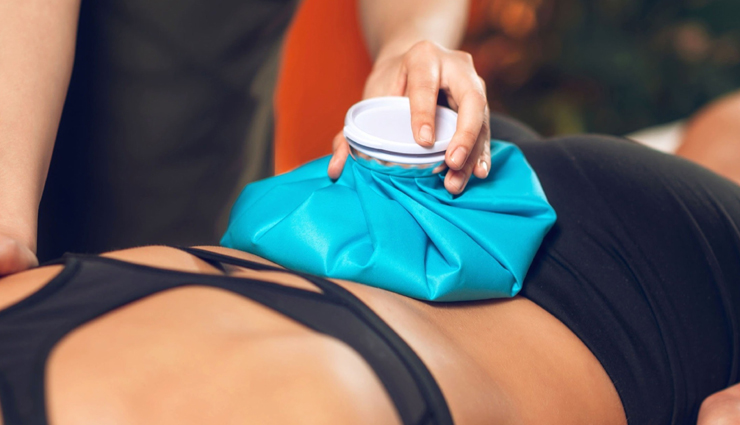
Cold therapy
Cold therapy involves the use of ice or cold packs to reduce inflammation, numb the affected area, and reduce pain and swelling.
When you apply cold to your back, it helps to reduce inflammation by constricting blood vessels and reducing blood flow to the affected area. This can help to reduce pain and swelling in the back muscles, which can provide relief from back pain.
There are several ways to apply cold therapy to your back, including using a cold pack, ice wrapped in a towel, or a bag of frozen vegetables. It is recommended to apply cold therapy for 15-20 minutes at a time, several times per day, until the pain subsides.
It is important to note that cold therapy should not be used on areas that are already numb, or in cases of poor circulation or sensitivity to cold. If you have a medical condition that affects your ability to feel cold or if you have circulation problems, you should consult with a healthcare professional before using cold therapy.
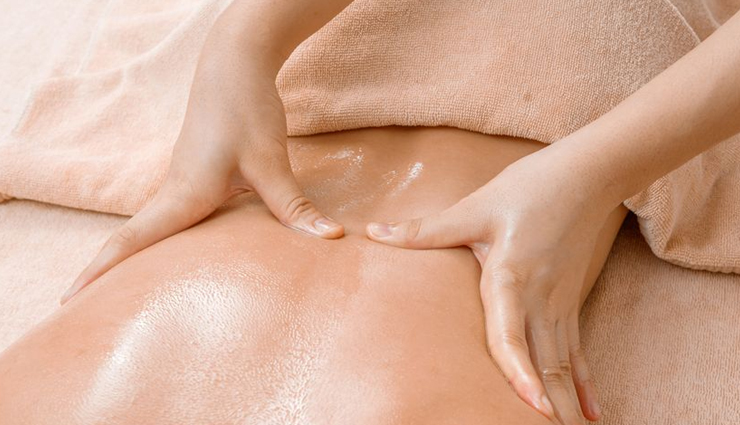
Massage
Massage involves the manipulation of the soft tissues in your body, including the muscles, tendons, and ligaments, with the goal of reducing tension, relieving pain, and promoting relaxation.
When you receive a massage, the therapist will use various techniques to apply pressure to the affected area of your back, such as kneading, stroking, and stretching the muscles. This helps to improve blood flow to the area, reduce tension and stiffness, and release endorphins, which are natural painkillers produced by your body.
Massage therapy can be effective in reducing both acute and chronic back pain caused by long-term sitting. It can also help to improve your overall physical and mental well-being by reducing stress, improving sleep quality, and increasing your range of motion.
There are many types of massage therapy that can be used to treat back pain, including Swedish massage, deep tissue massage, and sports massage. It is important to find a qualified and experienced massage therapist who can assess your individual needs and develop a treatment plan that is right for you.
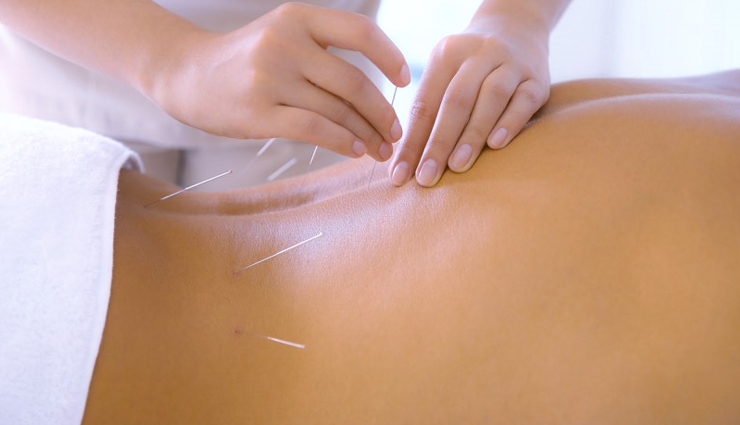
Acupuncture
Acupuncture is an ancient Chinese healing practice that involves the insertion of thin needles into specific points on the body to stimulate the flow of energy, or Qi (pronounced "chee"), and promote healing. It is often used to treat chronic pain, including back pain caused by long-term sitting.
Acupuncture has been shown to be effective in relieving back pain by reducing inflammation, increasing blood flow, and stimulating the release of endorphins, which are natural painkillers produced by the body. It can also help to reduce muscle tension and improve range of motion.
During an acupuncture session, the practitioner will insert the needles into specific points along the energy channels, or meridians, that are associated with the back and other parts of the body. The needles are left in place for a period of time, usually 20-30 minutes, while the patient lies still and relaxes.
Acupuncture is generally considered safe when performed by a qualified practitioner using sterile needles. However, it may not be suitable for everyone, and it is important to consult with your healthcare provider before trying acupuncture, especially if you have any medical conditions or are taking medications.

Essential oils
Essential oils are concentrated plant extracts that have been used for centuries to treat a wide range of ailments, including back pain. Many essential oils have anti-inflammatory, analgesic, and muscle-relaxing properties that can help to relieve pain and stiffness in the back muscles.
Some of the most commonly used essential oils for back pain include:
Peppermint oil: contains menthol, which has a cooling effect that can help to soothe sore muscles and reduce inflammation.
Lavender oil: has relaxing and calming properties that can help to ease tension and promote relaxation in the muscles.
Eucalyptus oil: has anti-inflammatory and analgesic properties that can help to reduce pain and swelling in the back muscles.
Ginger oil: has warming and anti-inflammatory properties that can help to relieve pain and stiffness in the back muscles.
Chamomile oil: has anti-inflammatory properties that can help to reduce pain and swelling in the back muscles.
To use essential oils for back pain, you can mix a few drops of your preferred oil with a carrier oil such as coconut or almond oil and massage it into the affected area. You can also add a few drops of essential oil to a warm bath or use a diffuser to inhale the aroma.

Proper posture
Proper posture can help to prevent and relieve back pain by reducing strain on the muscles and joints in the back. When the body is in an optimal alignment, the muscles are able to work efficiently and effectively, reducing the risk of injury and strain.
Here are some tips for maintaining proper posture:
Sit up straight: Sit with your back straight and your shoulders relaxed. Make sure your feet are flat on the ground and your knees are at a 90-degree angle.
Use a chair with good back support: Choose a chair that has a supportive backrest and adjust the height so that your feet are flat on the ground and your knees are at a 90-degree angle.
Keep your computer screen at eye level: Make sure your computer screen is at eye level to avoid straining your neck and upper back muscles.
Take frequent breaks: Take frequent breaks throughout the day to stretch and move your body. This will help to prevent stiffness and muscle tension.
Sleep on a supportive mattress: Choose a mattress that provides adequate support for your back and neck.
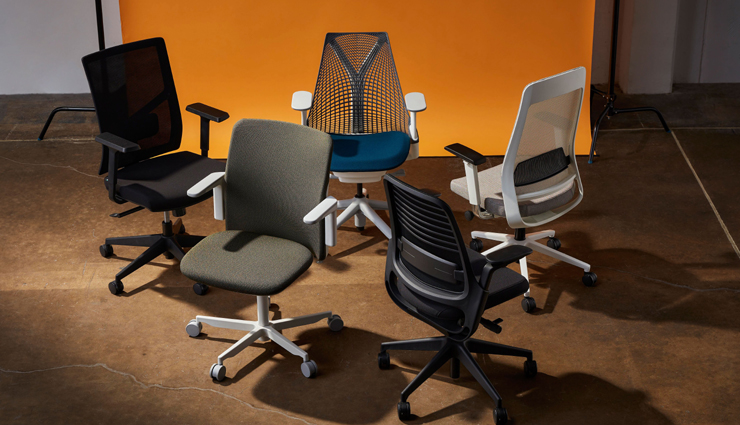
Ergonomic chair
Ergonomic chairs are designed to provide optimal support and comfort for the back and neck, helping to reduce the risk of back pain and relieve existing pain. Here are some ways that an ergonomic chair can treat back pain:
Proper alignment: Ergonomic chairs are designed to provide proper alignment of the spine, reducing strain on the back muscles and joints.
Lumbar support: Many ergonomic chairs have adjustable lumbar support, which can help to maintain the natural curvature of the spine and relieve lower back pain.
Adjustable height: An adjustable chair height can help to ensure that your feet are flat on the ground and your knees are at a 90-degree angle, reducing pressure on the lower back.
Armrests: Armrests can help to support the weight of the arms, reducing strain on the upper back and neck muscles.
Headrest: A headrest can help to support the weight of the head, reducing strain on the neck muscles.
By using an ergonomic chair, you can ensure that your back and neck are properly supported and aligned, reducing the risk of back pain and relieving existing pain.

Take breaks
Taking breaks from sitting or any static position is an important way to treat and prevent back pain. Here are some ways that taking breaks can help:
Reduce pressure on the spine: When you sit for extended periods, the discs in your spine are compressed, which can lead to back pain. Taking breaks can help to reduce this pressure and give your spine a break.
Increase circulation: Sitting for extended periods can also reduce blood flow to your muscles, including those in your back. Taking breaks can help to increase circulation, which can help to reduce muscle stiffness and soreness.
Improve posture: Taking breaks can also help you to maintain good posture. When you sit for extended periods, it's easy to slouch or hunch over, which can put strain on your back muscles. Taking breaks to stretch and move around can help to improve your posture and reduce the risk of back pain.
Stretch and move: Taking breaks can provide an opportunity to stretch and move your body, which can help to loosen tight muscles and reduce the risk of injury. Simple exercises such as standing up and stretching, walking around, or doing some light yoga or Pilates can be effective at reducing back pain.
By taking frequent breaks, you can help to reduce the risk of back pain and improve your overall health and well-being. Try to get up and move around every 30 minutes to an hour, and take a few minutes to stretch or do some light exercise.





